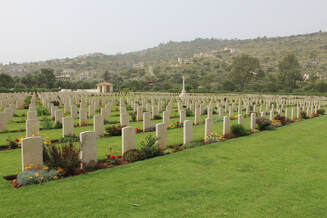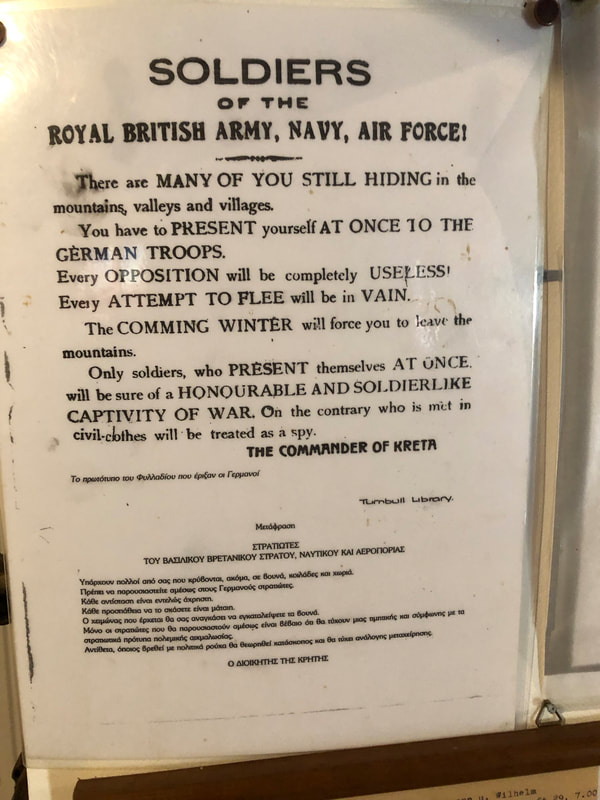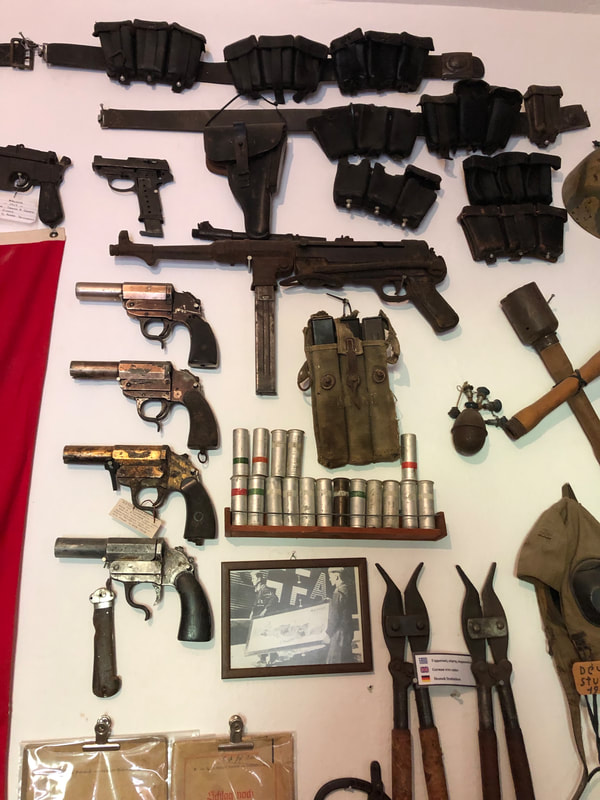- Home
- About
-
Travel
-
Features
- Dyrrachion1081
- Normans in the Balkans
- Manolada 1316
- Kosovo 1389
- Castles on the Danube
- Late Medieval Bosnian Army
- Doboj 1415
- Wallachian and Moldovan troops of the Napoleonic wars
- Anchialos 917
- Slovenian Borderlands
- The Zadruga and the Military Border
- Cretan War in the Adriatic
- Salonika 1916
- Uskoks of Senj
- Siege of Klis 1537
- Eugene in the Balkans
- Moldavian Surprise 1711
- Austro-Turkish War 1737-9
- Militargrenze
- Invading Ottoman Turkey
- Siege of Ragusa 1814
- Russo-Turkish War 1806-12
- Serbian Uprising 1815
- Ali Pasha
- Ottoman Army 1826
- Aleksinac 1876
- Shipka Pass
- Slivnitsa 1885
- Romanian Army 1878
- Austrian forts 19thC
- Kumanovo 1912
- Catalca Lines
- Adrianople 1912-13
- Kajmakcalan 1916
- The other 1918 campaign
- Macedonia air war WW1
- War of the Stray Dog
- Royal Yugoslavian armed forces
- Blunder in the Mountains
- Romanian SS
- Gebirgsjager in the Balkans
- Knights Move 1944
- Vis during WW2
- HLI in the Adriatic
- Adriatic Cruel Seas
- Dalmatian Bridgehead
- Cyprus 1974
- Transnistrian War
- Ottoman Navy Napoleonic wars
- Medieval Balkans
- Balkan lockdown quiz >
- Reviews
-
Armies
- Ancient Greeks
- Pyrrhic army of Epirus
- Dacian wars
- Goths
- Late Roman
- Comnenan Byzantine Army
- Normans
- Serbian medieval
- Albanian medieval
- Wallachian medieval
- Bosnian Medieval
- Catalan Company
- Polish 17C
- Austrian Imperialist
- Ottoman
- Austrian 18thC
- Russian Early 18thC
- Ottoman Napoleonic
- Greek Revolution
- 1848 Hungarian Revolution
- Russian Crimean war
- Romanian Army of 1877
- Ottoman 1877
- Russian 1877
- Balkan Wars 1912-13
- Macedonia WW1
- Greece WW2
- Italian Army WW2
- Gebirgsjager WW2
- Hungary WW2
- Turkey WW2
- Soviet Union WW2
- Bulgaria WW2
- Turkish Korean War Brigade
- Balkan Wars 1990s
- Links
- Books
Crete
Probably the furthest point south in the Balkans, Crete is a lovely island for a holiday and has some great historical sites. My visit in 2019 focused on the Minoans, the Venetian period and WW2.
|
The Minoans
The Minoan civilisation was arguably the first advanced society in Europe. They were based on Crete from around 2700BC to 1100BC. A key feature of this civilisation was a series of huge palaces, largely paid for by the Minoans extensive trading network. The Palace of Knossos, was the centre of the Minoan civilisation. This is the number one attraction in Crete for good reason. The site is remarkable, although the reconstructions by the British archeologist Sir Arthur Evans are controversial. My own view is that they add to our understanding of the site, even if they are in places speculative. The other must see visitor attraction is the Archeological Museum in nearby Heraklion. The is a good value joint ticket. There is an amazing collection of exhibits. The Historical Museum is also worth a look. It takes over the story of Crete after ancient times, with good sections on the Romans, Byzantines, Venetian and Ottoman periods. |
|
The Venetians
The Venetians bought the island in 1204, although it took them until 1217 to displace the Genoa forces on the island. They called the island Candia, and confusingly, also called the main city by the same name, modern Heraklion. There were many rebellions against Venetian rule, but it was the Ottomans who displaced them after a war in 1669. Bruno Mugnai's book covers the conflict very well. For the modern visitor the Venetian legacy is in their forts and the towns they were built to protect. We stayed near the biggest of these at Rethymno. After the Ottoman pirate Ulic Ali burned the town in 1571, it was decided to build a fort. It was started in 1573 and completed in the 1580’s. The style is similar to the many Venetian coastal forts around the Balkans with its five star bastions and other gun positions. Rethymno also has small archeological museum that is worth a look. |
|
Next stop was Chania. In 1336 they decided to build walls around the growing town, but it was the Firkas Fortress, built in 1636 which has that typical Venetian feel. It was built to protect the very large harbour.
There is also a Maritime Museum built into the fortress. Sadly, both were closed when I visited. |
|
Then there is Candia (Heraklion) itself. This is the smallest of the three port fortresses, but the best preserved. It also has exhibits and display panels inside. This was the site of an epic siege by the Ottomans which is described in Mugnai's book. Until I saw the the relief model of the city in the Historical Museum, I hadn't appreciated just how big the city was. |
|
Invasion of Crete 1941
On 20 May 1941 German Fallschirmjager started landing near Maleme airfield. The failure to immediately counter-attack allowed the Germans to consolidate near the airfield and land reinforcements. After that it was only a matter of time before the British and Commonwealth troops would be evacuating the island. I retraced the battle in the west of the island (see blog) and visited the main cemeteries for the Germans on what was Hill 107, and Souda Bay for the Commonwealth troops. There is small memorial and museum on the second Commonwealth line at the village of Galatos, which is worth a visit. The Scottish National War Museum has a flag flown by the 23rd New Zealand Battalion at Galatos. If you follow the Commonwealth retreat through the White Mountains to Sfakia, a good road these days, you come to Askifou and a remarkable war museum. Run by George Hatzidakis, he has collected an amazing amount of Allied and Axis weapons and kit. Very special and not to be missed. |































